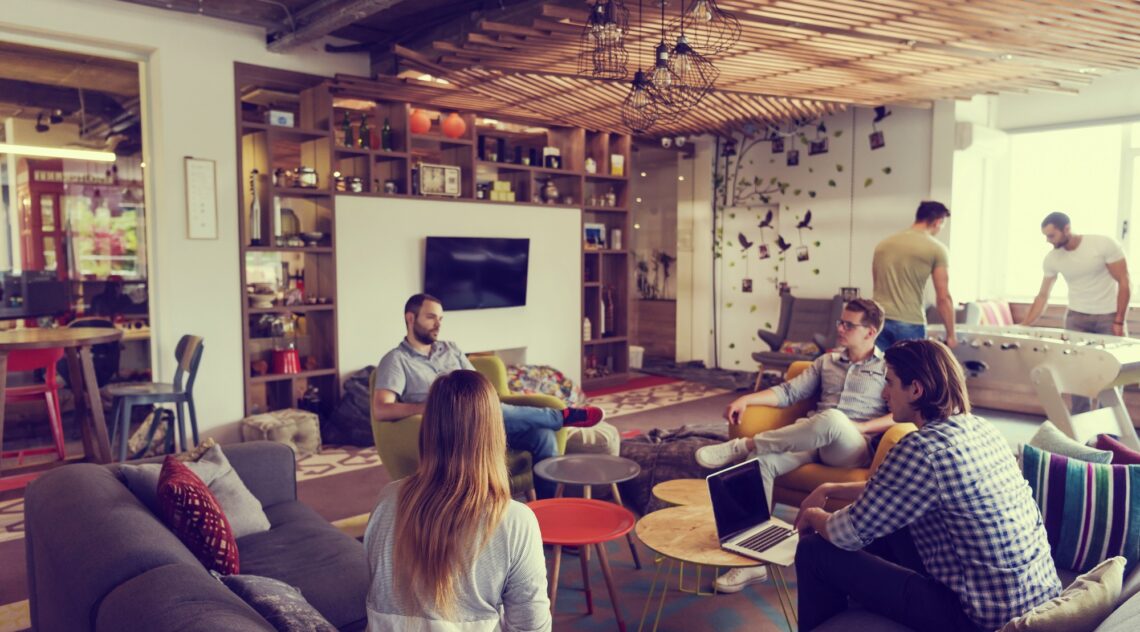
Companies in the Middle East and around the world are questioning the purpose of physical office space and arehaving to ‘reimagine’ the future of work, according to global property consultant JLL.
The outbreak of COVID-19 has heavily impacted work and office life, therefore accelerating the pace of workplace transformation all over the world.A JLL survey of more than 3,000 employees working in multi-national companies across the globe found that thethree key imperatives for post-pandemic offices include working remotely, rethinking the offices as a social hub, and providing highly personalized human experiences.
“In the post-pandemic world of work, organizations should prepare for a permanent rise in employee expectations, particularly around having greater flexibility and autonomy. To attract and retain employees back to the office, workplaces will need to import some of the home comforts they’ve become used to during lockdown, creating a more human-centered environment. In the end, standardization will give way to greater humanization of space to support a liquid workforce” said, Yulliana Porter, Head of Workplace Design, MENA at JLL
“Many organizations are now reimagining the future office space, having come to recognize the importance of creating workplaces that empower and energize employees. We are seeing a growing interest in data-driven solutions such as workplace strategy, defined as the study and analysis of workplace environments to create spaces that improve collaboration, innovation, and space utilization.”
A modern working day is made up of various activities including focused work,collaboration and socialization, and learning . According to the JLL research, the traditional model of an assigned-desk space is making way for activity-based working, one that allows employees to choose from a variety of work settings based on the tasks they need to accomplish during their time in the office.
In a post-COVID era, some key considerations and areas of focus have emerged as part of developing an employee-centric workplace strategy, including:
A hybrid office model: The future of the office will be a hybrid model, making the best out of each world: The office will become an extension of our lives, a place where employees can socialize, connect and learn.The new model must harness the emotional, digital, and physical dimensions. This mix will have to be built in consideration with the culture of each company and trends within its industry. It will require an in-depth understanding of a company’s talent profiles and expectations. It will also depend largely on the extent to which each role can be carried out remotely.
Technology: The pandemic has forced companies to adopt new technologies at a faster rate. Hence, being digitally integrated as a company and developing smart solutions is more relevant than any other time, enabling employees to connect anywhere at anytime. Planning spaces with technology in mind, and selecting solutions that support tasks, processes, and teams is a crucial aspect of developing a technology-enabled workplace.
Mobility profiles: As corporates adjust to a new normal which is set to involve flexibility and agility, they must find ways to ensure their people continue to be engaged, motivated, and inspired. By conducting a Workplace Strategy assessment a company’s mobility profiles can be assessed and re-aligned with future business goals. By analyzing the workforce, space and asset requirements, organizations can begin to identify the wider environment in which employees are the most innovative and productive.